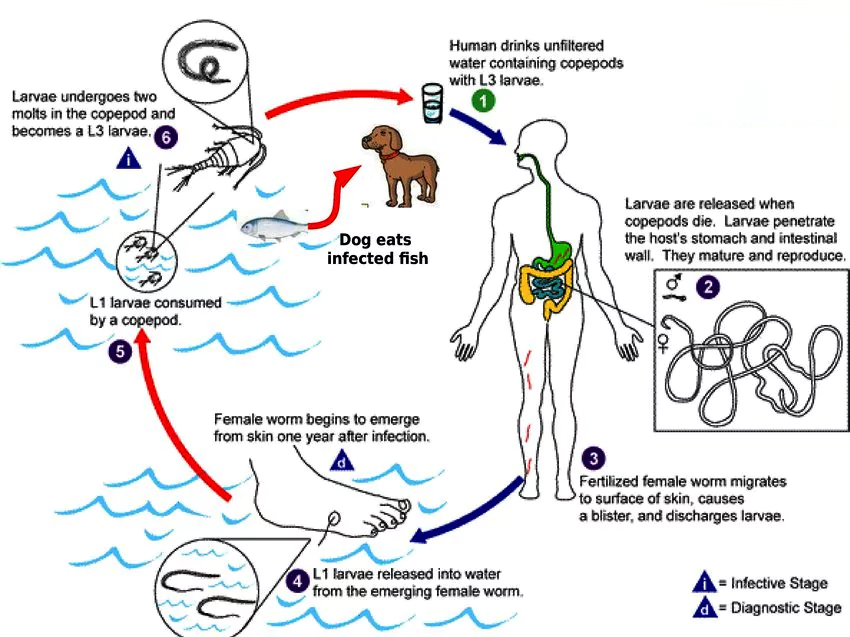![]() 23 Feb 2024
23 Feb 2024
Recently, WHO’s weekly epidemiological report highlighted just six cases were identified of Guinea worm disease in 2023.
Current Status of GWD :
|
|---|

News Source: The Hindu
| Must Read | |
| NCERT Notes For UPSC | UPSC Daily Current Affairs |
| UPSC Blogs | UPSC Daily Editorials |
| Daily Current Affairs Quiz | Daily Main Answer Writing |
| UPSC Mains Previous Year Papers | UPSC Test Series 2024 |
<div class="new-fform">
</div>